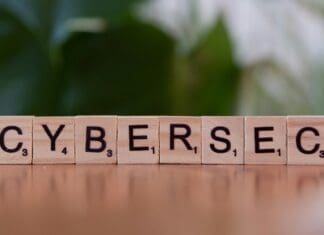This post is also available in:
 עברית (Hebrew)
עברית (Hebrew)
A standardisation of common protocols and interconnections is required if the US Department of Defense (DoD) is to take advantage of the Internet of Things (IoT), experts say.
IoT, an umbrella term for the myriad of devices able to connect to- and communicate over the internet may be an emerging phenomenon, but it has caught the eyes of businesses and governments. According to Juniper Research, the number of internet-connected devices – like thermostats, smart-meters and even cars – will more than double from 1.4 billion in 2015 to 38.5 in 2020. These devices are radically changing the world around us, and now governments need to catch up.
The DoD’s “third offset strategy” is part of a determined effort by officials to shore up the US’s dwindling technological edge. IoT devices and the automation they offer are integral to this strategy.
“When you are operating against a cyberattack or an electronic warfare attack…or missiles that are coming screaming in at you at Mach 6, you’re going to have to have a learning machine that helps you solve that problem right away,” said Deputy Defense Secretary Robert Work.
But to take advantage of these new technologies the DoD will have to implement a shift in both the military’s organisational structure and in its thinking. Deep inside the Pentagon, officials are aware that “it’s time to move the department to [a] mature stage of partnering with these machines,” said James Cartwright, from vice chairman of the Joint Chiefs of Staff.
Part of the problem are the legacy systems the DoD operates. As each one was designed and implemented independently in the era of digital infancy, they all operate differently, without the ability to communicate or interconnect easily. What is required is a “a common language that allows us to partner with all of these self-aware, self-learning entities out there,” Cartwright said.
Currently there are few, if any, standards on machine interoperability, on how information from devices is collected and shared, but the NSA is evaluating potential solutions to the challenge.
If a standard “shows promise, then we would work with [the National Institute of Standards and Technology] to actually push that as a…national standard but then also get it into an international standards organization,” said Curtis Dukes, director of the National Security Agency’s Information Assurance Directorate.


























